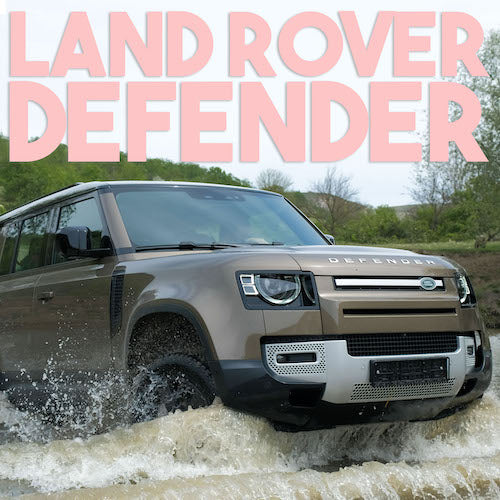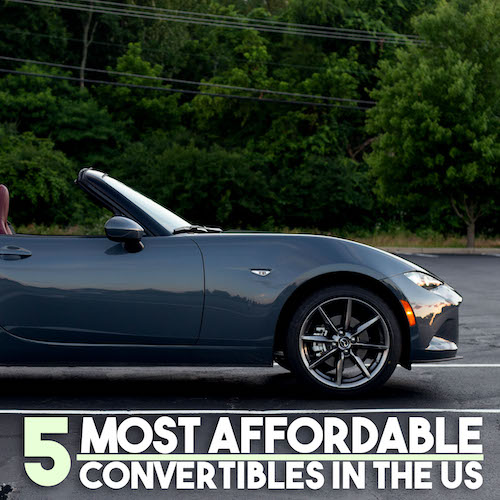Taking on a solo long-distance motorcycle trip is a dream for some. Exploring new places, cultures, and beautiful scenery, all the while traveling on the open road with your favorite riding machine can be a once in a lifetime dynamic experience. As a trip like this can be long and physically taxing, proper planning is essential. It’s a good idea to make sure you have a capable motorcycle in working order, all the items you may need for your trip, and have your routes planned, especially if you’ve never been to the area you’re traveling to. Let’s take a more detailed look at some ways to prepare to ensure your motorcycle journey is the best it can be.
ATGATTAll the gear, all the time. It’s a mantra you’ll hear repeated from introductory motorcycle schools to everyday riders alike. It may seem obvious to you but wearing all necessary gear cannot be overlooked. Following ATGATT will ensure your best protection in the event of an accident and will give you peace of mind traveling through unfamiliar areas where the closest hospital or medical center may be far away. A full-face helmet is recommended for long journeys, even if you don’t normally wear one. Not only will a full-face helmet give you great protection, it’ll also keep you warmer and drier than other types of helmet. Full-face helmets also excel at keeping noise levels down, which can help you stay more alert and focused on the road, especially on the highway. In addition to a full-face helmet, earplugs can be a welcome addition to your trip. Earplugs will also work to keep noise levels down and help protect your hearing. Taking off your helmet and hearing the distinctive ring or swoosh of tinnitus can be a surefire way to put a damper on your enjoyment of the rest of the trip.CHOOSE YOUR RIDEChoosing the right bike for the job will be one of the best decisions you make before heading out. Consider factors such as fuel consumption, low maintenance (and stout reliability), and most importantly, a comfortable seating position. Remember, you’ll be sitting in the same position for up to six hours or more. Make a list of requirements you need and amenities you’d like to research. A touring motorcycle will be your best bet, as this style of bike is designed specifically for long journeys involving long hours of sitting and riding. Due to their generally upright seating positions, touring motorcycles won’t put much stress on your back or wrists. They’ll also have ample cargo space in the form of saddlebags, a trunk area, and even pockets for smaller items. Also, they’ll generally have windscreens and front fairings that are large enough to move air around you, making riding easier without feeling like you’re fighting the wind. Cruisers and standards can be good, comfortable options too. They have ergonomics somewhat like touring bikes (low, relaxed seating position) but do have some pitfalls. Firstly, both typically lack a large front fairing or windscreen to deflect wind. Also, while storage options are available, trunk space is generally not offered. Adventure and dual-sport motorcycles will be best if you’re looking for some light off-road riding in addition to regular pavement. Seating positions usually have decent comfort and some models offer ample wind protection. Sport bikes may be some of the least enjoyable bikes for long cruises, although such trips are still doable. Their low, sleek riding positions put stress on the wrists and back, sacrificing comfort for aerodynamic performance. Don’t discount them immediately though, as many have successfully completed long trips on sport bikes and continue to do so.TAKING CARE OF THE DETAILSProper posture! We’ve mentioned how important a comfortable seat position is several times but having proper posture will help you utilize your comfy seat to its maximum potential. When riding for long hours, try to sit in a neutral position that keeps your muscles loose but still ready to react to a sudden stop. Also, your hands should ideally be positioned between your stomach and shoulders with arms slightly bent. This ensures the most fatigue-free ride but experiment a little and finetune your arm position to make it most comfortable for you. Before heading out, don’t forget to inspect your bike and its suspension. Make sure it’s adjusted for the total weight you expect to be carrying. If any component needs repair or maintenance, take the time to fix it beforehand. You don’t want to spend time fixing an issue later down the road when it can take some time out of your trip. Also, keep some water handy, even in cooler climates. Consider packing some light snacks too, even when your plans include stopping to eat along the way. Double check that you have everything you need in terms of gear, luggage, and amenities. Most importantly, have fun and enjoy the open road and the experience as a whole. A long-distance road trip on a motorcycle can be a once in a lifetime experience, so make the most of it! |





